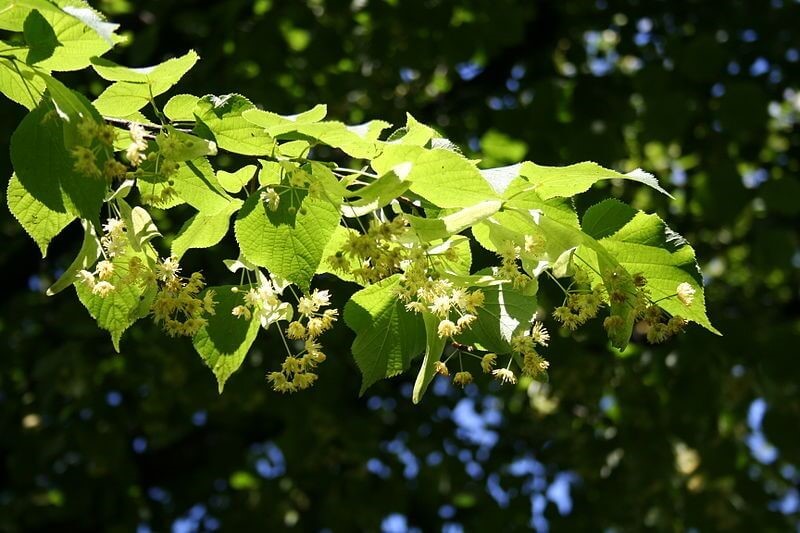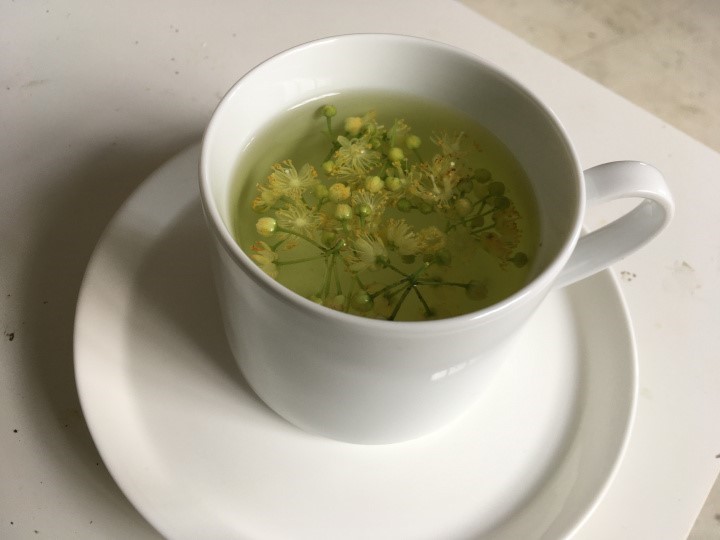by Daniele
The Linden Tree
The Linden Tree (Tilia), is a medium to large tree native to New England. Also known as the Basswood Tree, other trees in the genus include the European Little and Large leaf species, and the Asian Japanese and Chinese Lime Tree species. Although not closely related to actual Lime Trees in the Citrus genus, Linden Trees are often called Lime Trees.

Linden Health Benefits
Linden flowers, and leaves most likely, contain glycosides and antioxidants called flavonoids. Cultures have used the leaves, flowers, wood, and bark of the Linden Tree for medicinal purposes for centuries. Teas and tinctures made from Linden are commonly used to help with cold and flu symptoms, cough and soar throats. It has a generally calming effect, reduces sleeplessness and helps ease anxiety. Linden tea properties are believed to relieve indigestion, upset stomach, gas, bloating, nausea and vomiting. More medicinal uses include treating inflammation, allergies, cardiovascular problems, high blood pressure, excessive sweating and tense muscles.
Linden Flower
Linden trees boast distinctive heart-shaped leaves that are edible all spring, summer and fall. Linden flowers are light yellow, fragrant and delicate, and are a very popular flower for honey bees. The leaves can be eaten raw and make a great lettuce substitute in salads or sandwiches. Linden flowers are commonly made into a tea. Linden tea has a strong sweet and floral taste and can be consumed hot or cold. You can combine linden flower with other herbs like elderflower and spearmint to enhance the flavor.
Linden Flowers Tea Recipe
Ingredients
2-4 tablespoons dried linden flowers
200 ml water
Directions
1. Add water to small pot and heat over medium heat to boil.
2. Add leaves to tea cup or mug.
3. Remove pot from heat and let sit for 1-2 minutes.
4. Pour hot, but not boiling water over leaves or tea bag.
5. Let steep for 3-15 minutes.
6. Strain loose leaves from tea.
7. Enjoy.

0 Comments